KLIMATON ARCTIC≈2020Generative sound object
Generative sound object
![]()
www.klimaton.net
CONCEPT / ARTISTIC DIRECTION / PRODUCTION:
Adnan Softić , Nina Softić
SOUND DESIGN / MUSICAL INTERPRETATION:
Thies Mynther
DATA MANAGEMENT: Dr. Sebastian Mieruch
TECHNICAL TEAM: Pascal Staudt, Martin Edelmann, Chris von Rautenkranz, Lukas Esser, Jan Münther
GRAPHIC DESIGN: Jons Vukorep
SCIENTIFIC CONSULTING: Dr. Mario Hoppmann, Dr. Giulia Castellani, Dr. Hauke Flores, Dr. Dorothea Bauch, Dr. Sandra Tippenhauer, Dr. Ingrid Linck Rosenheim
WITH THANKS TO: Prof. Dr. Matthew Shupe, Dr. Serdar Sakinan, Dr. Jacqueline Stefels, Prof. Dr. Jennifer Hutchings, Prof. Dr. Marcus Rex, Dr. Hinrich Thölken, Daniela Berglehn, Prof. Dr. Alberto De Campo, Tirdad Zolghadr
We thank all those who contributed to MOSAiC and made this endeavour possible.
SUPPORTED BY:
E.ON Stiftung, Universität der Künste Berlin,
Alfred Wegener Institute, Helmholtz Centre for Polar and Marine Research (AWI),
University of Colorado Boulder

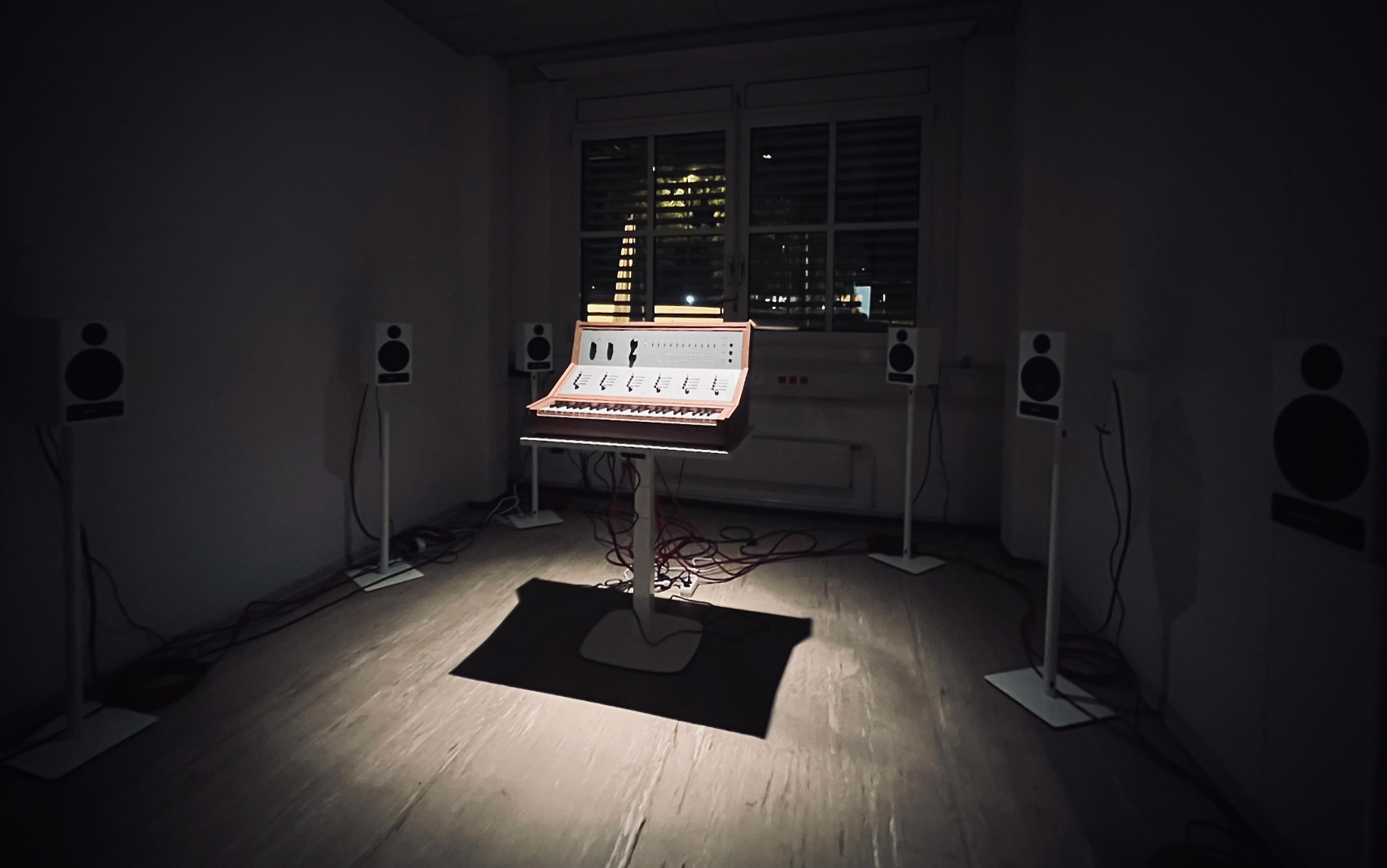


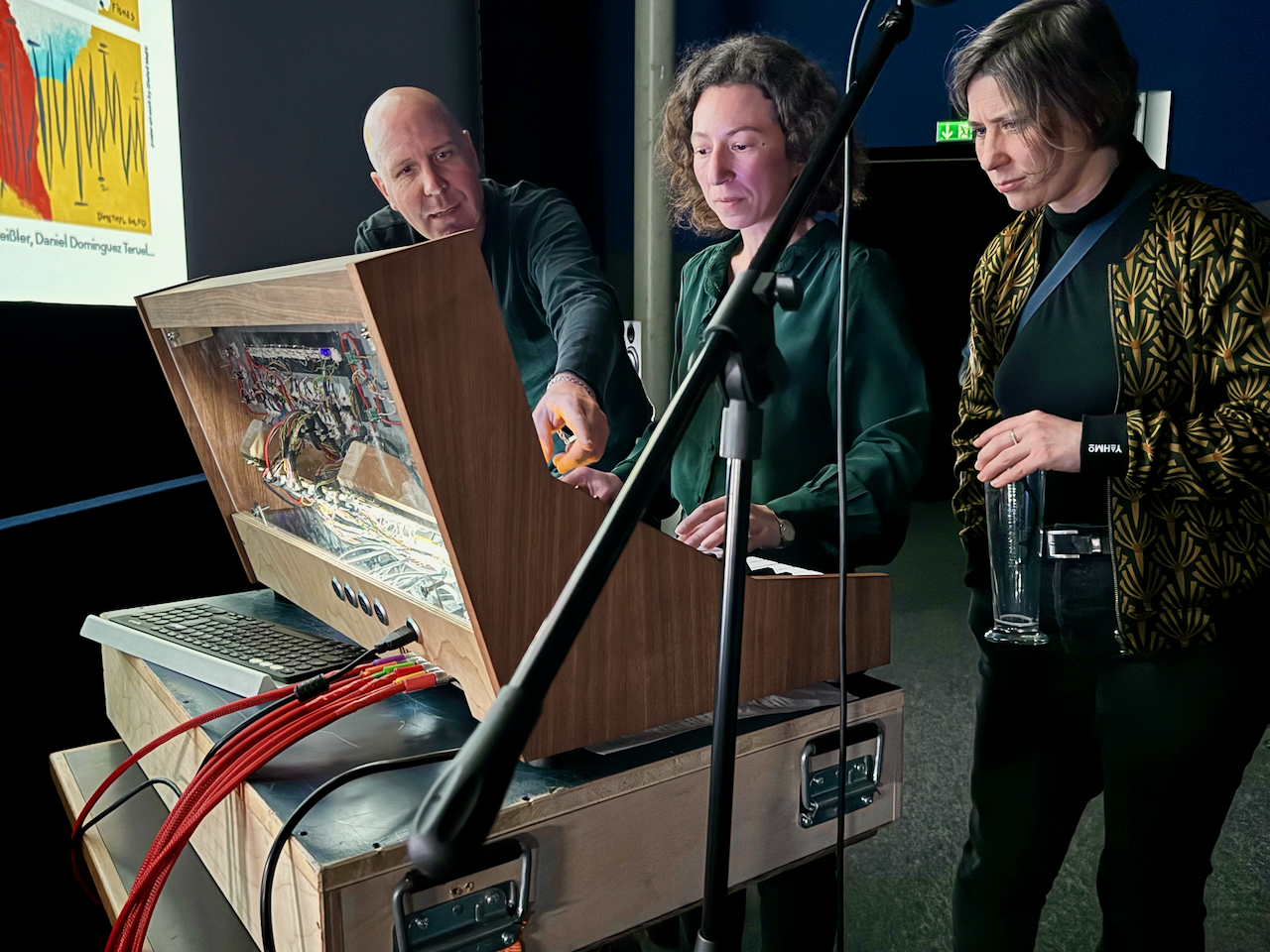




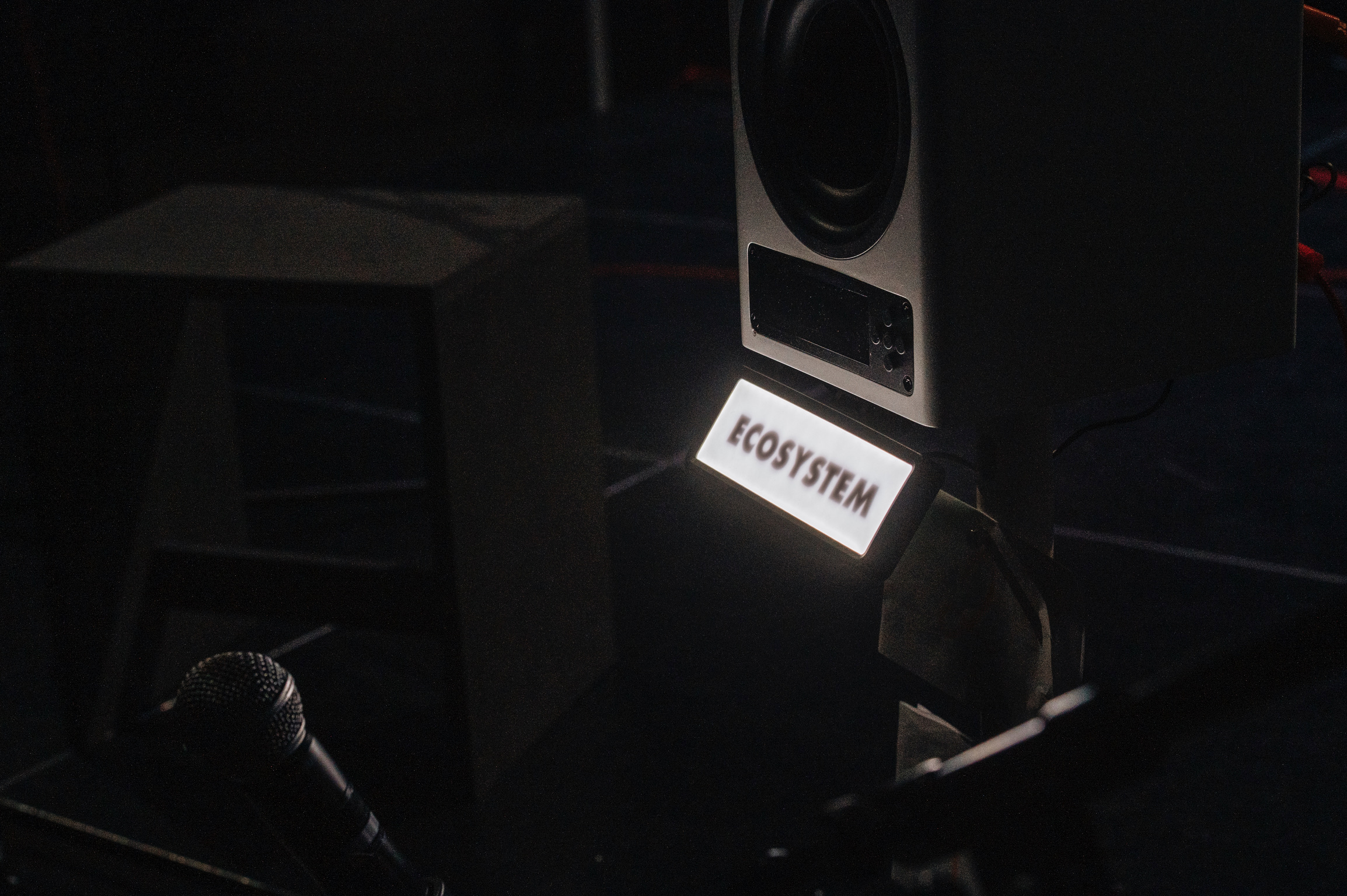
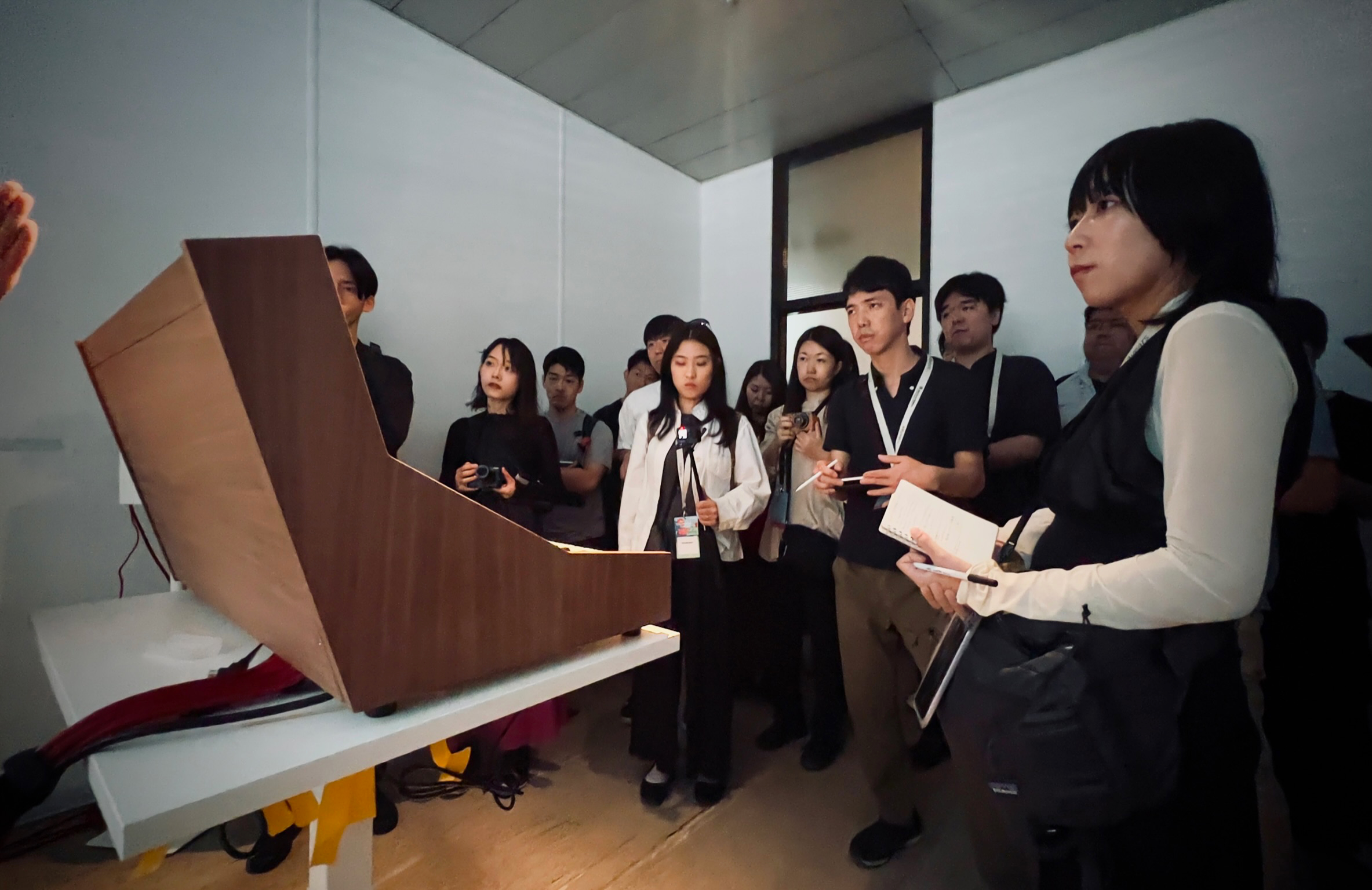
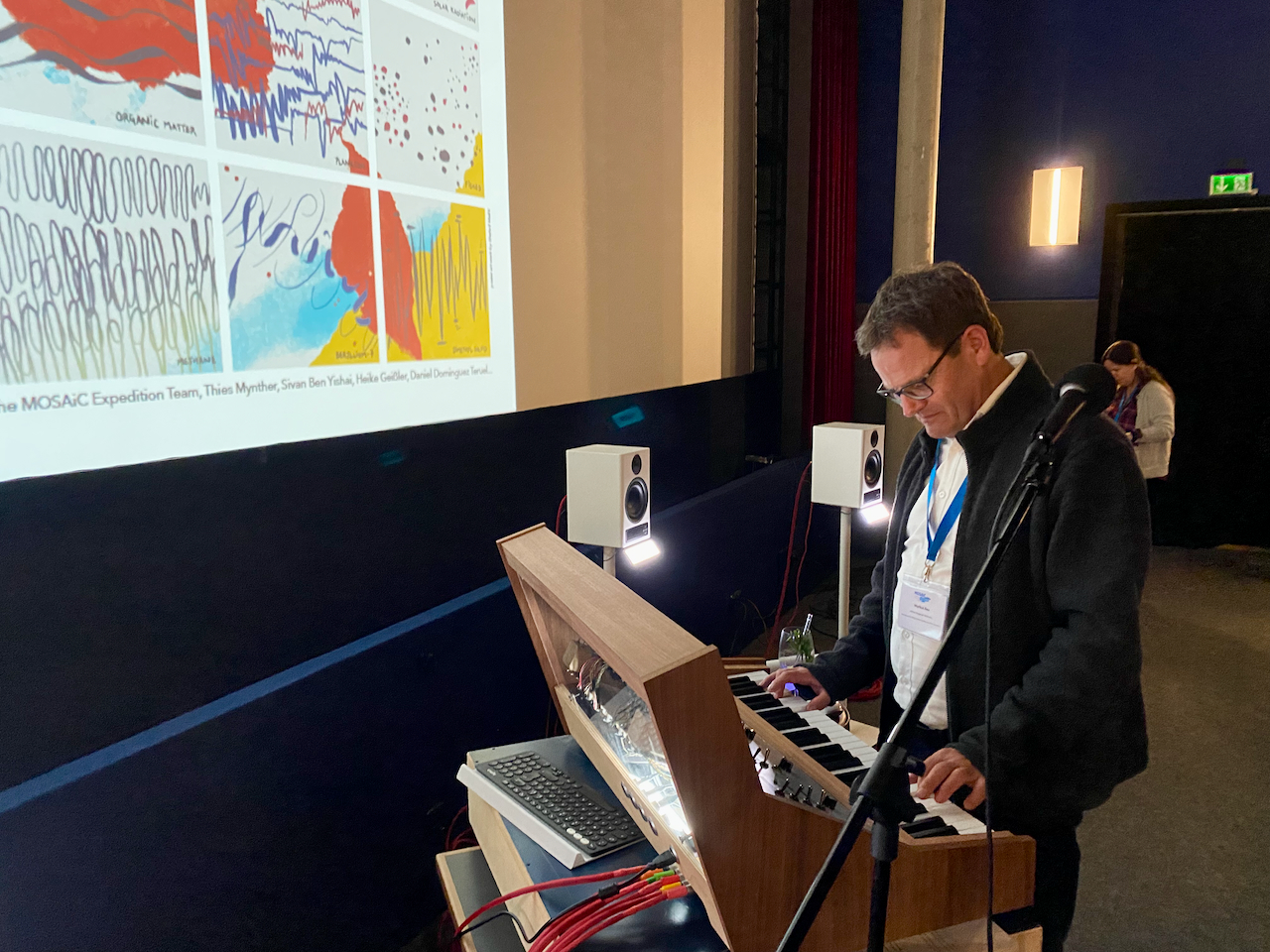


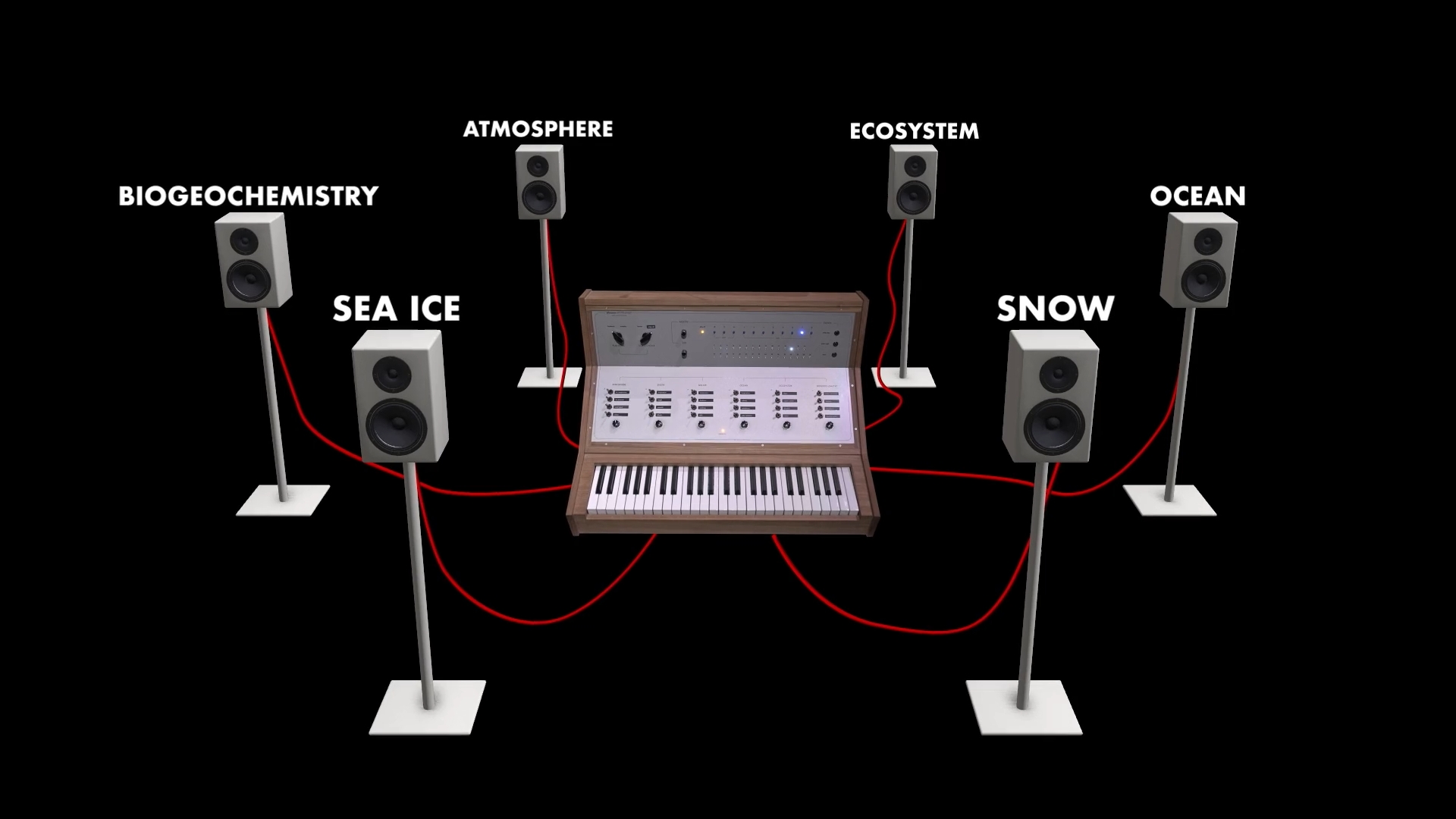


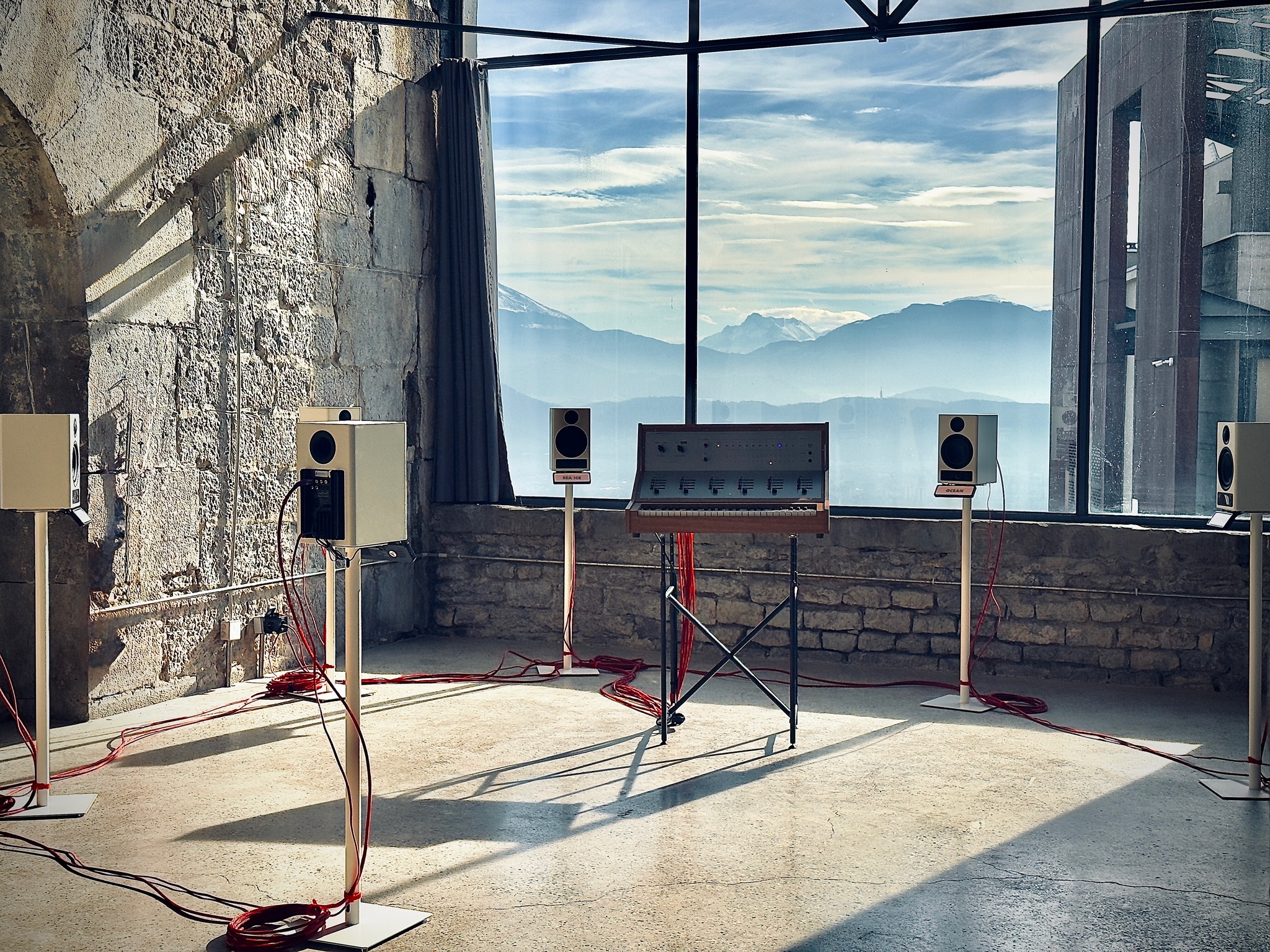
The sound object KLIMATON ARCTIC≈ 2020 is based on a seminal event in scientific research: At the end of 2020, the research expedition MOSAiC (Alfred Wegener Institute) returned from its Arctic voyage, having spent more than a year collecting data with a kilometre-long network of measuring stations. It is the largest scientific data collection from the region ever and possibly also one of the last large-scale recording of a disappearing landscape that is considered by scientists to be "the key witness of climate change".
Together with a group of MOSAiC scientists, the composer Thies Mynther and a great technical team, we have developed a sound instrument that outputs the data from the Arctic as sound - creating a large scale sonified portrait of a disappearing landscape. The instrument is a hybrid between a sonification device and a music instrument - allowing an open approach to the data.
The data of different categories of landscape are played using human voices as the keynote, modulating them and creating a strange choral voice. The earth assimilates the human voice and makes it "speak the language of the earth" - a "geological turn", a reversed network of relationships in which the landscape is playing the human and not the other way round.
